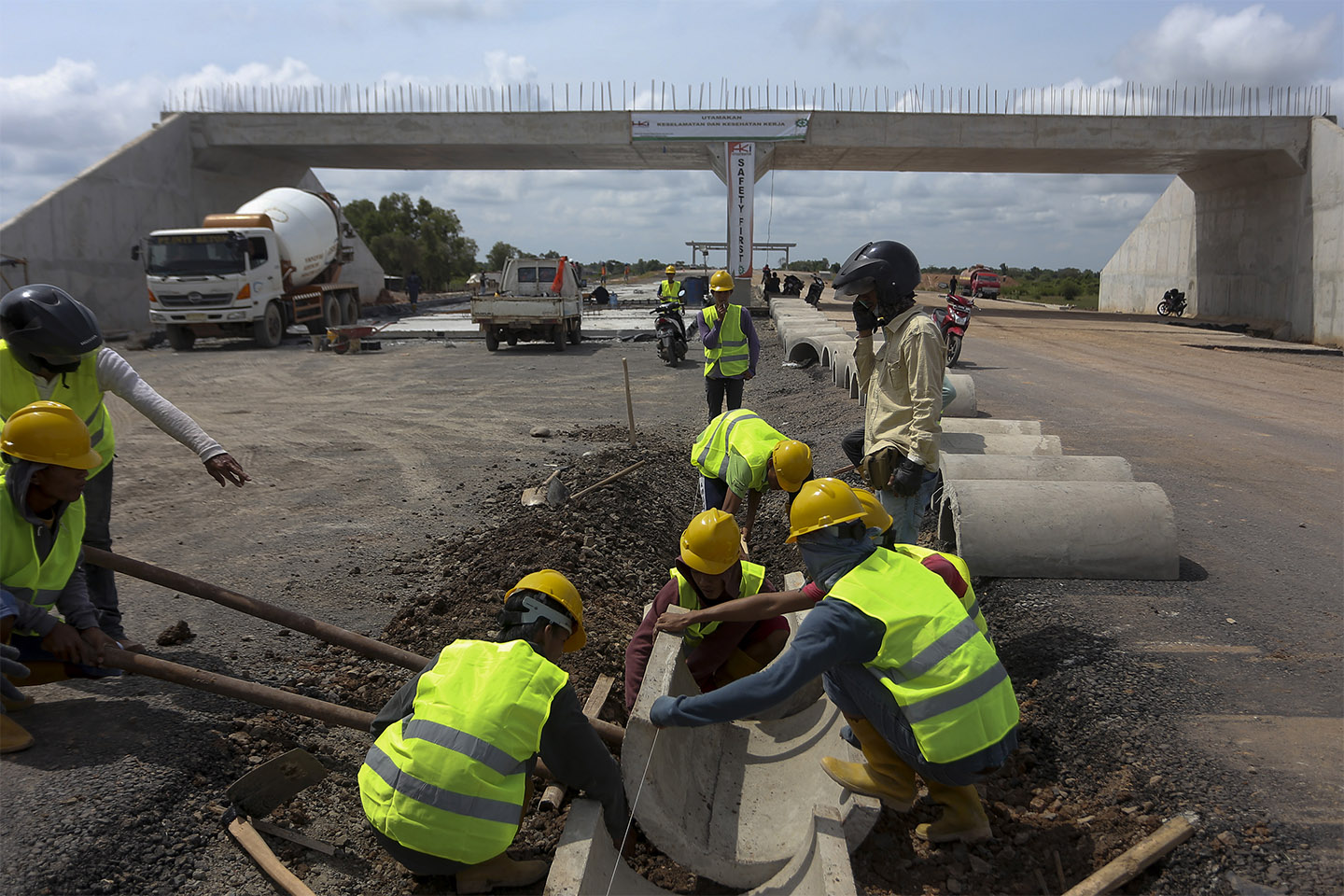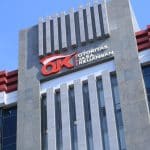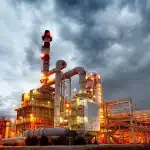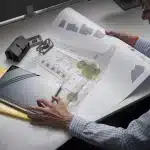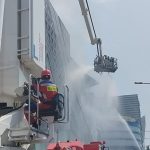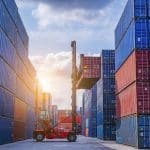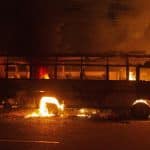Liga Asuransi – Dear readers, how are you? Let’s continue the discussion around risk and construction risk management.
This time we will discuss the potential risks that can occur in toll road construction projects or highways.
As we know that Indonesia is currently actively building various infrastructures, especially toll road and highway projects to increase economic growth.
The Indonesian government said that toll road infrastructure development is an important pillar to advance the economy. Currently, there are 54 toll road projects categorized as national strategic projects.
As a senior insurance broker, I would like to discuss in depth the various risks that can occur in toll road construction projects and highways in general.
If you are interested in this article, please share it with your colleagues so that they also understand like you.
From the records, there are often accidents that happen in toll road projects that have caused losses of up to hundreds of billions of rupiah. In addition, some accidents caused injuries, recorded, and even deaths.
Understanding the risks of road construction
Risk is involved in every aspect, and the construction of highway projects is no exception. Risk is defined as the possibility of loss, injury, disadvantage, or destruction also as a combination of the probability of frequency of occurrence of a defined hazard and the magnitude of the consequences of the occurrence.
Understanding risks in the early stages of a project will help project managers to reduce their impacts and complete the project in an improved and more efficient manner.
This can be achieved through proper Risk Management. The process of Risk Management comprises of identification, analysis, and application of methods to reduce the identified risk.
Along with identification and analysis, it is also necessary to allocate the risk properly to the respective contracting parties such as owners, consultants, contractors, etc., so that risk handling decisions can be taken properly with authorization and without any disputes.
The allocation is done towards the owner, consultant, or contractor, or the risk is shared between them. This study would help project managers to better estimate risks before the commencement of a project and allows them to develop proper mitigation measures at an early stage of a project.
Risk assessment is a stepwise procedure consisting of risk identification, risk classification, and risk analysis or evaluation. Risk assessment is the determination of a quantitative or qualitative estimate of risk.
Highway projects consist of many risks, and this is due to the involvement of many contracting parties including designers, contractors, sub-contractors, and suppliers. Risks are the major cause of poor performance on highway construction projects.
The construction of highways involves various risk factors from the designing and planning stages to the completion of the project. Due to these factors, there are delays in the completion of projects which involve large funds. So, risk assessment consisting of risk identification, risk classification, and risk analysis or evaluation is necessary for maintaining the cost and quality of the project and for scheduled completion of the project.
Risk assessment for a highway construction project is done to prevent adverse impact at the design or planning stage, prioritize hazards and control measures, maintain the cost and quality of the project, and for scheduled the completion of the project. This study involves risk identification, risk classification, risk analysis or evaluation, and ranking of risks using the Relative Importance Index (RII).
Risk Identification and Classification
(1) Construction Risk:
Most risks associated with the construction are more likely to root in contractors and subcontractors. To keep the construction work on the track, experienced contractors need to be involved in the project as early as possible to make sound preparations for developing valid construction programs.
Machinery, delay due to rain and other causes, uncertain market conditions, contractor productivity issues, time, etc. are the risks that the construction phase constitutes.
(2) Design Risk:
This may result from issues such as variations in design and defective designs. The design risks arise due to uncertainty in horizontal alignment, uncertain indirect costs, and consideration of improper basic parameters while designing.
To avoid defective design, the design team needs not only to fully understand what the clients want as defined in the project brief but also to establish an efficient communication scheme among the designers.
(3) Political Risk:
“Excessive approval procedures in administrative government departments” and “bureaucracy of government” are not seldom complained about by clients and contractors.
These risks are normally out of the control of the project stakeholders. To attract investment within their administrative territory, the government agencies should always make great efforts to create a friendly environment in which the approval procedures are reduced or at least the approval time is shortened, and the bureaucracy is minimized.
(4) Organizational Risks:
Lack of skilled labor, lack in the knowledge level of the lead group, etc. are an example of organizational risks. Lack of skilled labor can lead to project delays, poor workmanship, and safety and liability issues.
(5) Accidental Risks:
Unanticipated damage during construction is an accidental risk. Any type of accident on construction sites like machinery accidents, overexertion, accidental falls, etc. can be disastrous for the project.
(6) Uncertain market conditions:
Uncertain market conditions usually called “price inflation of construction materials” is identified to be related to the external environment.
The price of construction materials is always changing in response to inflation and the relation between supply and demand in the construction material market. As this risk is usually unavoidable, clients should choose an appropriate type of contract; while contractors should always avoid using fixed-price contracts to bear the risk.
(7) Time/Funds:
As time and cost are always closely correlated, a lengthy schedule will undoubtedly wreck the project cost-benefit.
The correlation between time and cost is a quantitative risk. In extreme cases the risk of time and cost overruns can compromise the economic viability of the project, making a potentially profitable investment untenable.
(8) Utilities:
Utilities include electricity, gas, water, fuel, etc. which play a huge role in construction project completion; a shortage of these utilities would create problems on site. For example, the use of groundwater is prohibited by government agencies for highway construction projects in Indonesia.
Risk Recommendations
An effective risk assessment is the determination of a quantitative estimate of risks as risks are involved at every stage of a highway construction project.
A good understanding of the risk assessment procedure to assist in assessing the risks involved during construction. Risk assessment is an effective tool for supporting decision-making and corrective actions in construction.
The assessment of risk factors will help in risk planning and risk management of any highway construction project. Further, this will help in improving the performance of highway construction projects, i.e., to maintain the cost and quality of the project and for scheduled completion of the project.
Overall risks mainly utility relocation on time, obtaining government agencies approvals, construction in hilly terrain and land acquisition impose high risk on any highway construction project.
In the construction risk category delay in a project impose a high risk. Similarly, in the design category errors in designing due to consideration of improper basic parameters, and in the environmental category natural obstructions have a greater impact on a highway construction project. These were the significant risks that mainly cause the delay of the project.
As time and cost of the project are related, hence as the time of the project overruns the cost also overruns and imposes a high risk on a highway construction project.
Tips to Stay Safe When Working Road Construction
Road construction workers can protect their safety by following these 10 tips:
- Always apply the parking brake after stopping construction vehicles or equipment. When parking on an incline, use the appropriate block behind or in front of the tires as an extra layer of precaution.
- Be aware of worksite equipment as well as vehicles entering and exiting the work site. Understand the channel lanes to know where walking is prohibited.
- Whether you are driving a vehicle or approaching a piece of machinery, exercise the highest degree of caution. Never assume that the operator of a vehicle sees you – always signal the vehicle operator to shut down the equipment and get acknowledgment from the driver before approaching or crossing the path.
- Be observant on the site, making note of potential hazards around you and approaching them with caution. Always check your blind spots when operating machinery and follow safety precautions for moving construction equipment.
- Always make sure the operator of a vehicle or piece of machinery sees you before you approach. As a vehicle operator, make eye contact with all workers in the vicinity before moving the equipment.
- Construction work is exhausting, especially in the heat of summer, and over-exertion is a common cause of injury. Stay hydrated on the job and take precautions such as regular water breaks.
- Every member of the team should understand and use the same communication signals. Whether you are loading and unloading equipment or entering or exiting the worksite, always communicate with the workers around you to ensure everyone’s mutual safety.
- When loading and unloading equipment from vehicles, always use spotters. As a spotter, you should know where it is safe to stand and which gestures to use to communicate with vehicle operators.
- Never operate construction machinery or a work vehicle without wearing a seatbelt. It doesn’t matter how short the ride, always buckle up.
- Always wear high-visibility clothing that adheres to the American National Standard for High-Visibility Safety Apparel and Accessories (ANSI). This includes armbands, hats, and vests made with fluorescent or reflective materials.
Workplace safety is something all workers need to approach proactively. Accidents are most likely to occur when safety standards are not enforced, and when workers fail to take basic precautions. Following the 10 tips above will help you and your team stay safe.
Why for toll road construction insurance you must use the services of an Insurance Broker?
Arranging CAR / EAR / TPL insurance policy for toll road and highway projects is not easy because of the high risk. Not many insurance companies are willing to provide guarantees.
In addition, it requires extensive insurance knowledge and experience in engineering insurance and knowledge of engineering risks so that insurance coverage is maximized.
The best way to get CAR/EAR/TPL insurance is to always use the services of an authorized insurance broker company registered with the Financial Services Authority (OJK).
Insurance brokers design insurance programs that best suit your project’s risk conditions. Find an insurance company that can cover risks such as your project at competitive premium rates.
An important benefit of using the services of an insurance broker company is that you will get help in resolving claims for free. The insurance broker also acts as your advocate for the settlement of insurance claims.
One of the insurance brokers companies with extensive experience in the field of construction insurance in Indonesia is L&G Insurance Broker.
For all your project insurance needs contact L&G now!
Sources:
- https://www.baselineequipment.com/road-construction-safety-tips
- https://papers.ssrn.com/sol3/papers.cfm?abstract_id=3375904
- https://www.ijert.org/research/risk-assessment-in-construction-of-highway-project-IJERTV5IS020515.pdf
—
Looking for Insurance Products? Don’t Waste Your Time and Contact Us Right Now
L&G HOTLINE 24 HOURS: 0811-8507-773 (Call – Whatsapp – SMS)
website: lngrisk.co.id
E-mail: customer.support@lngrisk.co.id
—

